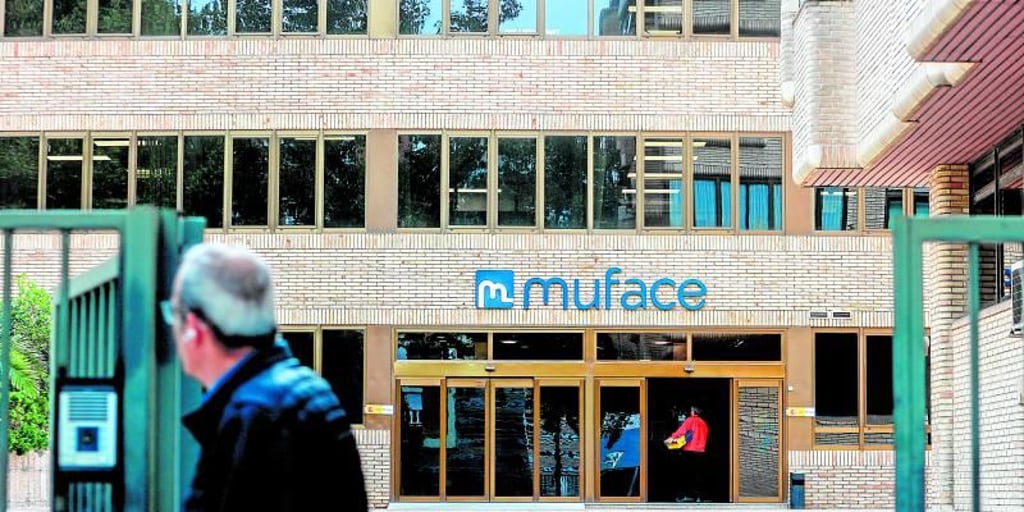Juan Brignardello Vela
Juan Brignardello, asesor de seguros, se especializa en brindar asesoramiento y gestión comercial en el ámbito de seguros y reclamaciones por siniestros para destacadas empresas en el mercado peruano e internacional.




The losses generated by Hurricane Milton, which devastated the Gulf Coast of Florida, could cost insurers between $50 billion and $60 billion, according to industry estimates revealed this Thursday. This weather event has left a deep mark on the state, with severe flooding and destruction, leading hundreds of thousands of people to evacuate their homes and confirming at least ten deaths. Milton, which crossed the Florida peninsula from west to east, has been classified as one of the most expensive hurricanes in recent history, comparable in magnitude to Hurricane Ian, which struck the same region in 2022. The latter left a trail of destruction and economic losses that still resonate in the collective memory. Analysts at RBC Capital have noted that, although the losses are significant, the insurance industry is better equipped to handle this type of disaster, thanks to improved reinsurance contracts and stronger reserves. However, the magnitude of the damages has begun to have direct repercussions on the stock of reinsurance companies globally. Firms like Swiss Re and Munich Re have experienced declines in their shares as investors react to the financial impact that claims generated by Milton will bring. Despite this, some analysts at Barclays have expressed that, in the long term, the market may recover as reinsurance rates increase. The devastation caused by Milton is not limited to economic losses. The tornadoes that preceded the hurricane have left at least five dead in the community of Spanish Lakes Country Village in St. Lucie County, where hundreds of homes have been reported damaged or destroyed. Search and rescue crews continue to work hard to locate possible victims amid the destruction. St. Lucie Sheriff Keith Pearson has expressed his concern about the situation, noting that the search for survivors is a priority. As the hours pass, the death toll has been rising, and authorities fear that there may be more victims trapped in the rubble. In Volusia County, three additional deaths have been confirmed, highlighting the brutality of the weather phenomenon. Milton made landfall in Siesta Key, near Sarasota, with maximum sustained winds of 205 kilometers per hour, reaching category 3 on the hurricane scale. The combination of intense winds and storm surges has been devastating for local infrastructure and has put the lives of thousands of residents at risk. This hurricane is the second to impact Florida in a short period, following Hurricane Helene's passage at the end of September. Helene, which made landfall as a category 4 hurricane, left a trail of devastation across six southeastern U.S. states and over 250 deaths, underscoring the growing threat posed by these phenomena in the context of climate change. Insurers, in turn, are facing a new landscape marked by the need to adjust their business models and pricing. The increase in losses from natural disasters has led many of them to tighten conditions for high-risk properties, which could translate into higher premiums for homeowners in the future. The situation is becoming critical at a time when the insurance industry was already dealing with the impact of other recent natural disasters. The increasing frequency and intensity of these events have led to a rise in insurance premiums, which could pose an additional challenge for many affected families and communities. As rescue teams continue their work in the hardest-hit areas, it is clear that recovery from Milton will be a prolonged process. The community once again faces the challenge of rebuilding, while the insurance industry navigates a sea of uncertainty in the face of the challenges posed by hurricanes in the region.
Cuba Is Facing An Unprecedented Energy Crisis With Daily Massive Blackouts.

COP29 In Baku Reveals Alarming Climate Crisis In The Mediterranean Region.

"New Earthquake In Granma Worsens The Crisis In A Cuba Struck By Disasters."




/cloudfront-eu-central-1.images.arcpublishing.com/prisa/L3XJKUBY5JAW5PQWDS32LOSQ4A.JPG)

